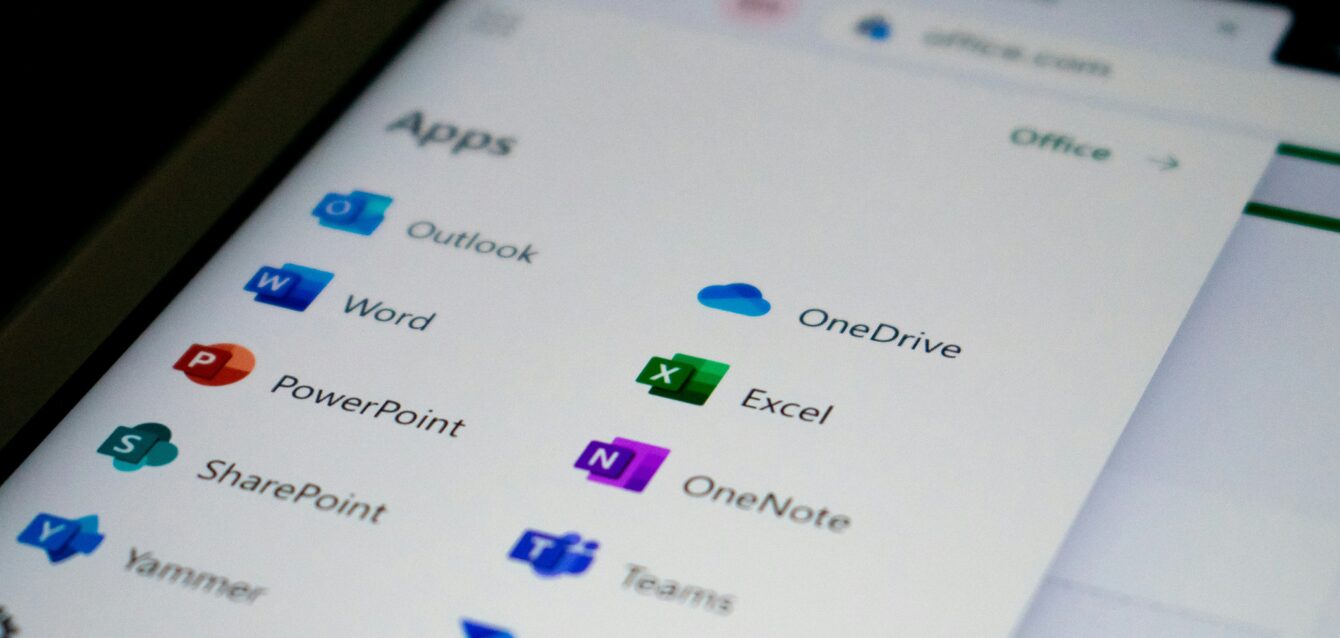Excel is everywhere. But is it still enough?
Manual data reporting using Excel remains common in many manufacturing companies. Data is collected manually and entered into spreadsheets intended to reflect what’s happening on the shop floor. The problem is, these reports often show what already happened, not what’s happening now.
In today’s dynamic manufacturing environment, this approach stops working. Excel – while simple and accessible – can’t keep up with the scale and complexity of modern operations. At a certain point, it becomes more of a barrier than a support tool – especially when the organization grows and real-time decision-making becomes critical.
6 Common pitfalls of Excel in industrial environments
1. Delayed response
Yesterday’s data doesn’t help make today’s decisions. Manual Excel reports are, by design, delayed — and the bigger the plant, the bigger the delay.
2. Data inconsistency & lack of integration
When data is gathered from machines, systems, notes, and spreadsheets, discrepancies are inevitable. It’s hard to tell which version reflects reality – or which one is even current.
3. No operational context
A chart in Excel won’t explain why something happened. Understanding that requires cross-functional data — from machines, warehouse, planning.
4. Costly manual effort
Collecting, cleaning, and verifying data takes time. Teams often spend more time building reports than acting on them.
5. Lack of scalability
Excel may work for a handful of machines – but as new lines or sites come into play, it quickly becomes unmanageable.
6. No real-time visibility
Excel isn’t built for real-time operations. It doesn’t support instant feedback, trend detection, or proactive decision-making.
Why does this happen?
In most factories, the data already exists – in machines, SCADA, MES, ERP systems, even paper notes. The problem isn’t the lack of data, but that it’s scattered, inconsistent, and delayed.
Excel isn’t designed to control production reality in real time. It’s a powerful personal tool — not a production reporting platform.
How to transition to real-time reporting – without starting from scratch
There’s no need to replace the entire IT infrastructure. In many cases, it’s enough to:
- Integrate existing data sources
- Provide a shared view via lightweight tools like Power BI or Grafana
- Extend visibility with IoT sensors if needed
- Connect MES, ERP, and SCADA gradually, without disrupting daily operations
And importantly – Excel doesn’t have to disappear. It can remain as one of the data inputs, as long as it’s part of a broader data ecosystem.
The result? One unified, real-time view of production and key KPIs – accessible to every department.
What the organization gains
- Real-time insight into production and resources
- Fewer errors caused by manual processing
- Faster, more confident decision-making
- Improved resilience and scalability
- More time for analytics and improvement initiatives
Over the last few years, it has become clear that switching to digital tools is not a temporary trend but a necessity. Companies that constantly improve their operations have a significant advantage over the competition. This is confirmed by reports showing that thanks to new technologies, firms gain greater control and are simply better prepared for various problems.
How to avoid the Excel trap in manufacturing?
✅ Explore modern reporting tools
Platforms like Power BI offer real-time data collection and analytics – far beyond what Excel can do.
✅ Start with integration, not replacement
New systems can coexist with existing ones. Excel, MES, ERP – all can be connected.
✅ Involve the team
Training and cross-team collaboration make implementations more effective – and ensure knowledge stays within the company.
Summary: Excel is a starting point, not a long-term strategy
Spreadsheets are useful – but in modern manufacturing, they shouldn’t be the primary reporting tool. In the age of digital production, Excel is too narrow. It slows down decision-making, complicates integrations, and obscures real problems.
Integrated reporting isn’t just a trend – it’s a condition for efficiency, resilience, and agility in the era of digital production. Companies that understand this are able to make better decisions and gain a competitive advantage..
Sources
Deloitte, “Driving value with smart factory technologies”, available at: https://www2.deloitte.com/us/en/insights/industry/manufacturing/driving-value-smart-factory-technologies.html [accessed: August 12, 2025].
McKinsey & Company, “Future-proofing the supply chain”, available at: https://www.mckinsey.com/~/media/mckinsey/business%20functions/operations/our%20insights/future%20proofing%20the%20supply%20chain/future-proofing-the-supply-chain.pdf [accessed: August 12, 2025].
Microsoft Learn, “From Excel to Power BI: A smarter way to track production data”, available at: https://learn.microsoft.com/en-us/power-bi/create-reports/desktop-excel-stunning-report [accessed: August 12, 2025].
PwC, “Connected and autonomous supply chain ecosystems”, available at: https://www.pwc.com/gx/en/industries/industrial-manufacturing/digital-supply-chain.html [accessed: August 12, 2025].
QIMA, “2024 Global Supply Chain Landscape and Trends”, available at: https://www.qima.com/whitepaper/2024-global-sourcing-survey [accessed: August 12, 2025].
It might interest you: a quick explanation of one integration solution — in under 2 minutes.
Request a free project estimate
FAQ
Q: Can Excel be integrated into modern production reporting systems?
A: Yes. Excel can still be used as a data input, but relying solely on Excel without integration severely limits real-time visibility and scalability.
Q: What are the main disadvantages of manual Excel reporting?
A: Delays, data inconsistency, lack of real-time monitoring, high manual effort, and poor scalability in growing operations.





